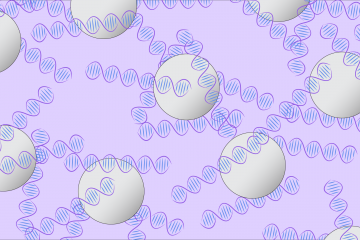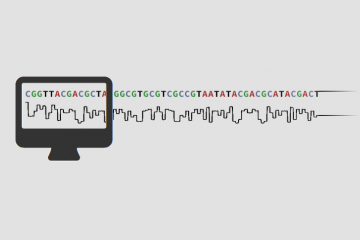A new year means new sequencing projects, but how do you know which sequencer is right for your project? There are many factors that go into choosing which sequencing platform and machine will fit your specific project. Factors that must be considered are time, cost, and depth. Making the wrong decision can lead to more time and more money.
Three main things to consider when choosing what run configuration is needed and subsequently which instrument will be used are:
- Read Length
The read length refers to the number of bases/nucleotides into the fragment of DNA the sequencer will read. For example, a 1×50 run will read 50 bases in from the start of the DNA fragment and a 2×50 (50×50) run will read 50 bases from one side of the fragment and then 50 bases from the opposite end. Increasing the read length will increase the coverage of the sample resulting in an increase in the overall coverage. Longer read lengths also are extremely helpful for read mapping and assemblies. - Single End or Paired End
There is also the option of reading the fragment in one (single end) or two directions (paired end). Single end will read from the beginning of the fragment and stop after the number of bases specified. Paired end will read from both ends of the fragment inwards, stopping after the number of bases specified. This allows for more complete coverage of the fragment. - Depth of Coverage
Depth of coverage is defined as the average number of reads that cover a reference. There are no concrete standards defined for what coverage one needs. The recommended guidelines vary by project and application. Figuring out the depth of coverage needed for your specific experiment will help to determine your ideal run configuration, which sequencer to use, and also how many samples you can potentially multiplex.Illumina provides a coverage calculator that is very helpful in determining the ideal run configuration and multiplexing options for the coverage desired as well as a database of publications:
Illumina Coverage Calculator
Illumina Publication Database
Also, GenoHub has a great chart on what sequencing coverage is suggested in the literature for a wide variety of applications and it is complete with references and updated regularly: GenoHub Guide.
Below are charts to help you choose which sequencer available in GenCore is best for your study.





0 Comments